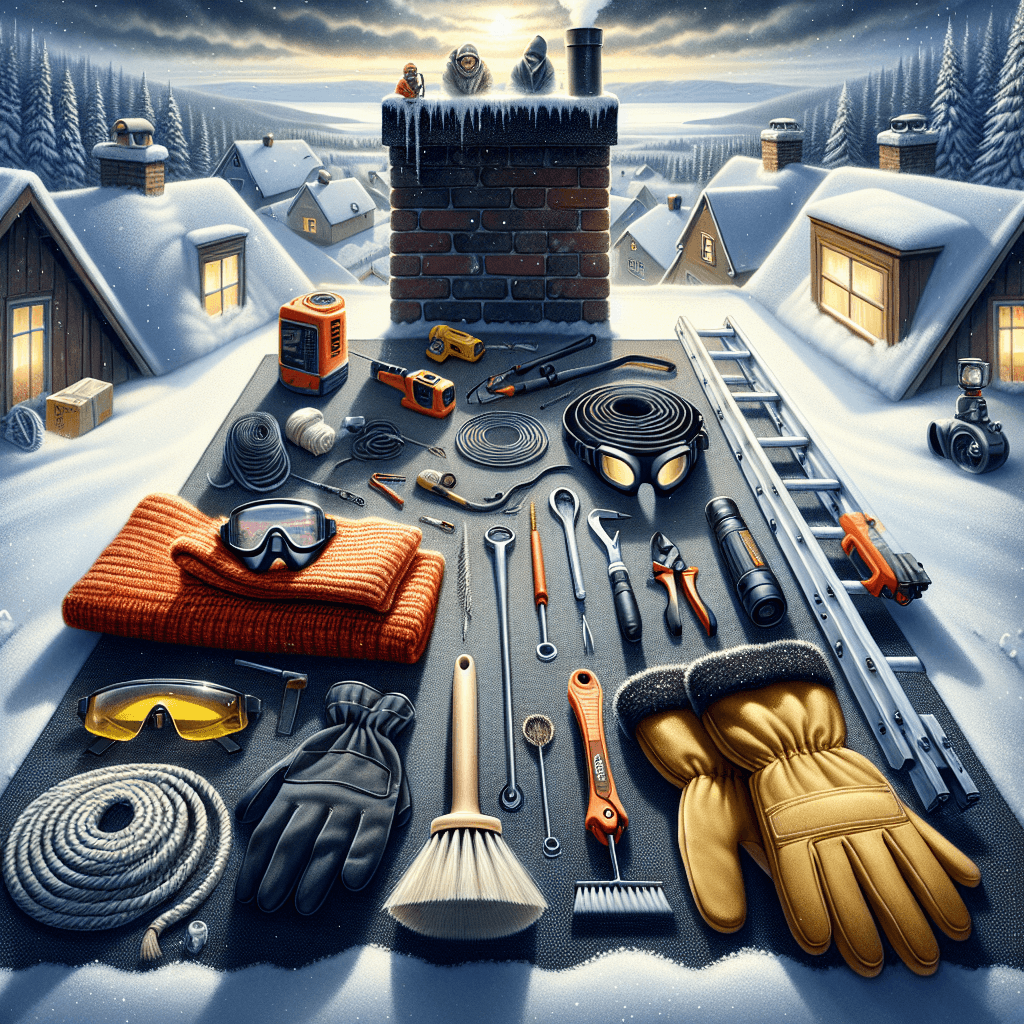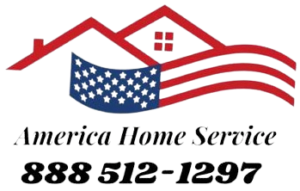-
Table of Contents
# chimney maintenance, Repair, and Cleaning: Essential Tips for Fireplace Safety
Maintaining a safe and efficient fireplace is crucial for any homeowner. Regular **chimney maintenance**, **chimney repair**, and **chimney cleaning** are essential to ensure your fireplace operates safely and efficiently. This comprehensive guide will walk you through the importance of these tasks and provide actionable tips to keep your chimney in top condition.
## The Importance of chimney maintenance
chimney maintenance is vital for preventing potential hazards such as chimney fires and carbon monoxide poisoning. Regular inspections and cleanings help identify and address issues before they become serious problems. A well-maintained chimney also improves the efficiency of your fireplace, ensuring you get the most heat output with the least amount of fuel.
## Chimney Inspection: A Crucial First Step
Before diving into cleaning or repairs, a thorough **chimney inspection** is necessary. A professional inspection can uncover hidden issues such as cracks, blockages, or structural damage. It’s recommended to have your chimney inspected at least once a year, especially before the start of the heating season.
## Creosote Removal: Keeping Your Chimney Clean
One of the most critical aspects of chimney cleaning is **creosote removal**. Creosote is a highly flammable substance that builds up inside the chimney as a result of burning wood. If not removed, it can lead to dangerous chimney fires. Regular cleaning by a professional can effectively remove creosote and other debris, ensuring your chimney remains safe to use.
## Common Chimney Repairs
Over time, chimneys can suffer from wear and tear, leading to the need for **chimney repair**. Common issues include cracked flue liners, damaged chimney caps, and deteriorating mortar joints. Addressing these problems promptly can prevent more extensive damage and costly repairs in the future.
## Fireplace Safety Tips
Ensuring **fireplace safety** involves more than just maintaining the chimney. Here are some additional tips to keep your home safe:
- Always use a fireplace screen to prevent sparks from escaping.
- Keep flammable materials at least three feet away from the fireplace.
- Install smoke and carbon monoxide detectors in your home.
- Never leave a fire unattended, especially overnight.
## Related Services
In addition to chimney services, consider other home maintenance tasks such as air duct cleaning and dryer vent cleaning to improve your home’s safety and efficiency.
## FAQ Section
###
Discover the top tools and products for effective fireplace cleaning and ensure your home stays safe and cozy. Don’t wait—[secure your chimney with a cap](#) and schedule a chimney cap installation today!
How often should I have my chimney inspected?

It’s recommended to have your chimney inspected at least once a year, preferably before the heating season begins.
###
What is creosote, and why is it dangerous?
Creosote is a byproduct of burning wood that accumulates in the chimney. It is highly flammable and can lead to chimney fires if not removed regularly.
###
Can I clean my chimney myself?
While some homeowners may attempt to clean their chimneys, it’s best to hire a professional to ensure thorough cleaning and inspection.
###
What are the signs that my chimney needs repair?
Common signs include visible cracks, crumbling mortar, water leaks, and poor draft. If you notice any of these, contact a professional for an assessment.
## Conclusion
Regular **chimney maintenance**, **chimney repair**, and **chimney cleaning** are essential for ensuring **fireplace safety** and efficiency. By scheduling annual inspections and addressing issues promptly, you can enjoy a warm and safe home environment. Don’t forget to explore related services like air duct cleaning and dryer vent cleaning to further enhance your home’s safety and efficiency.
For more information on our chimney services, visit our Chimney Services page.





